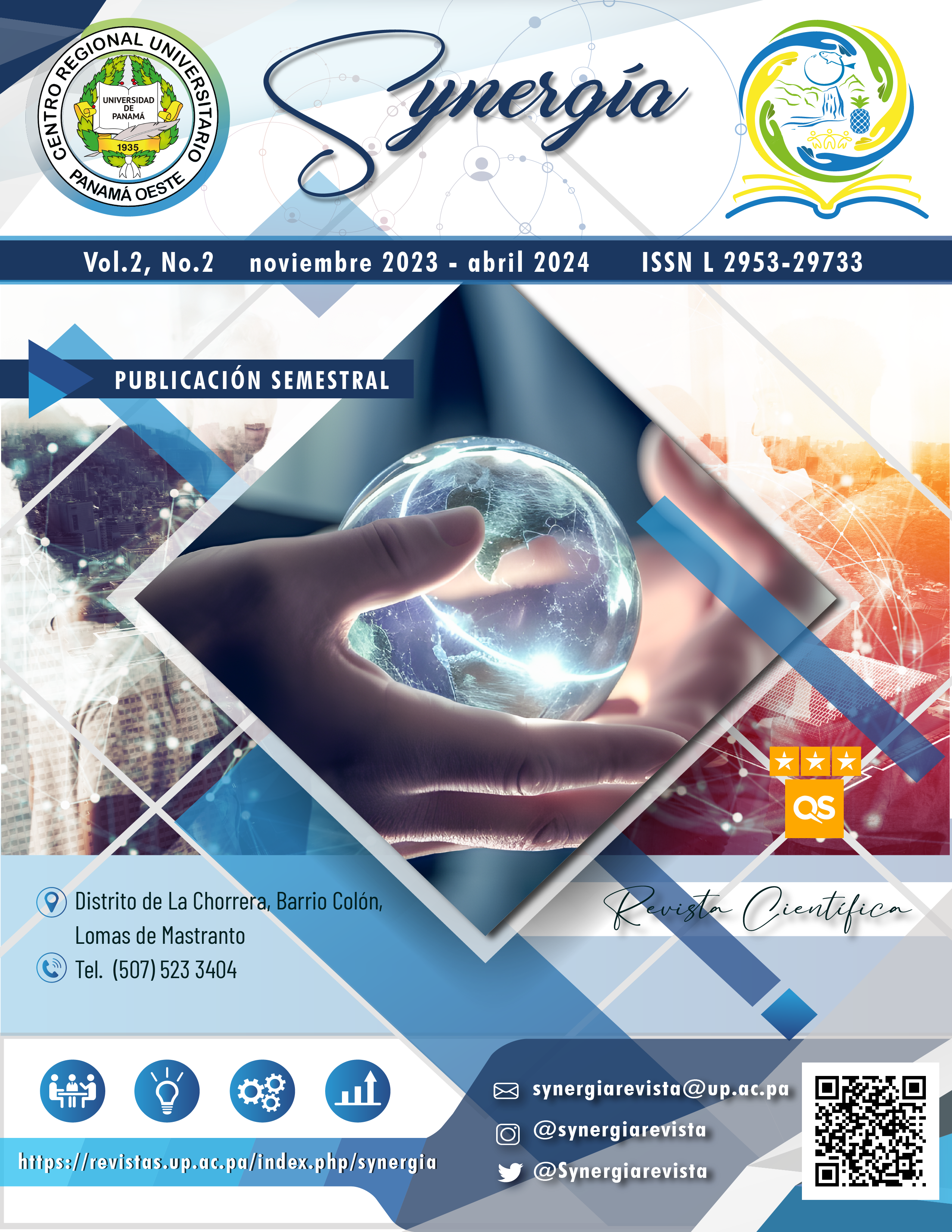

Copyright (c) 2023 Synergía

This work is licensed under a Creative Commons Attribution-NonCommercial-ShareAlike 4.0 International License.
This research describes the effects of language change (code-switching) in the teaching of English at the University level to determine the role played by the tool in the teaching of English as a second language (L2), for which twenty (20) professors of the Faculty of Humanities of the University of Panama who teach English classes were interviewed. The methodology applied in this study is quantitative, with a descriptive design. A questionnaire with closed and open questions is used. The result was presented in graphs and tables for the analysis, processing, and interpretation of the information. It is concluded that the linguistic change (code-switching) has positive effects on the teaching of English as a second language, although its use is due to the low level of English that first-year students from the bachelor’s degree in Humanities with an emphasis on Alternative Tourism have. Some teachers consider that using this tool can cause the student to regress if it is not used properly since the use for teaching their first language can cause confusion in students and a lack of interest in the subject. More research is needed on this topic to improve learning English as a second language in educational institutions.